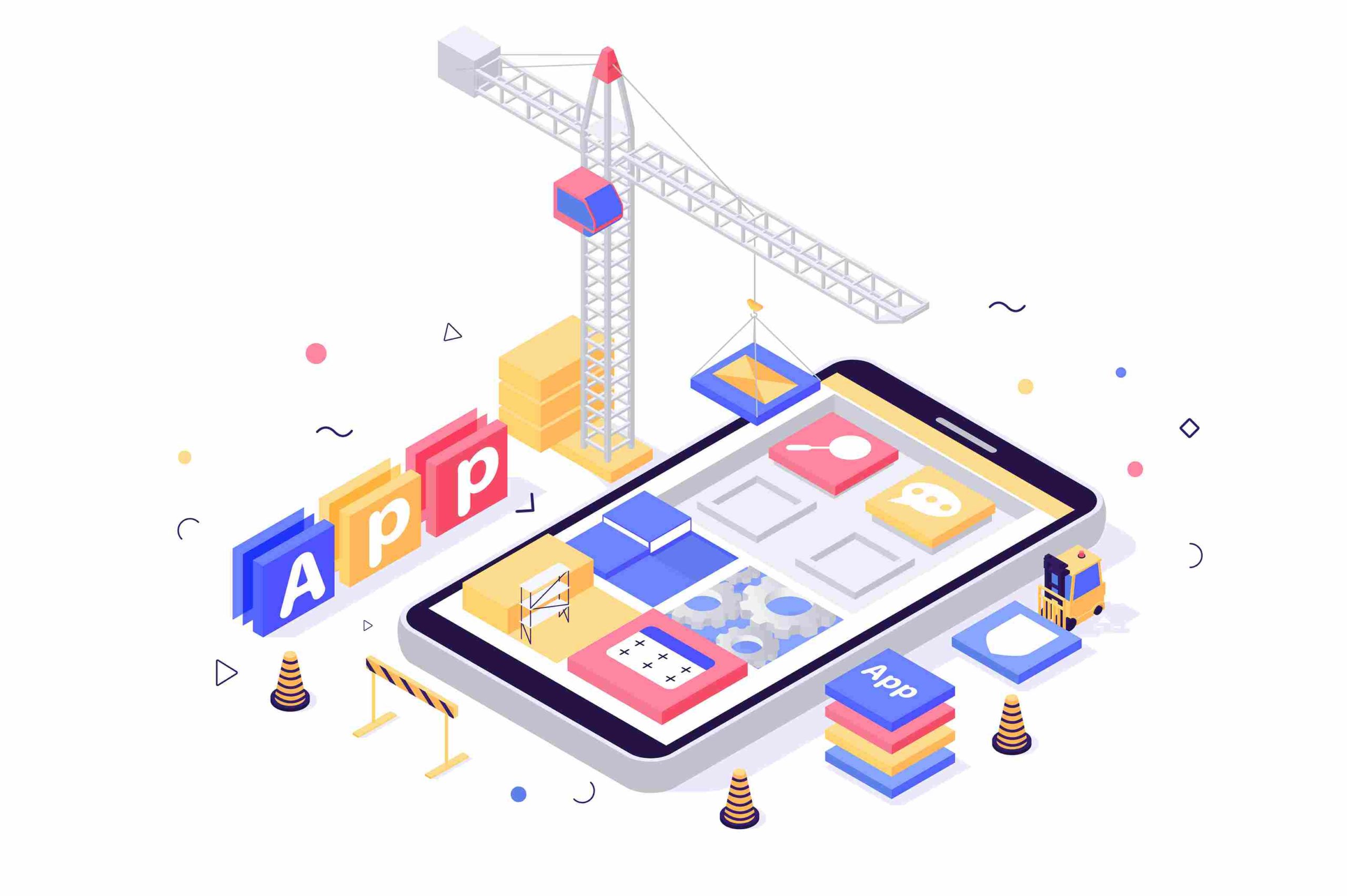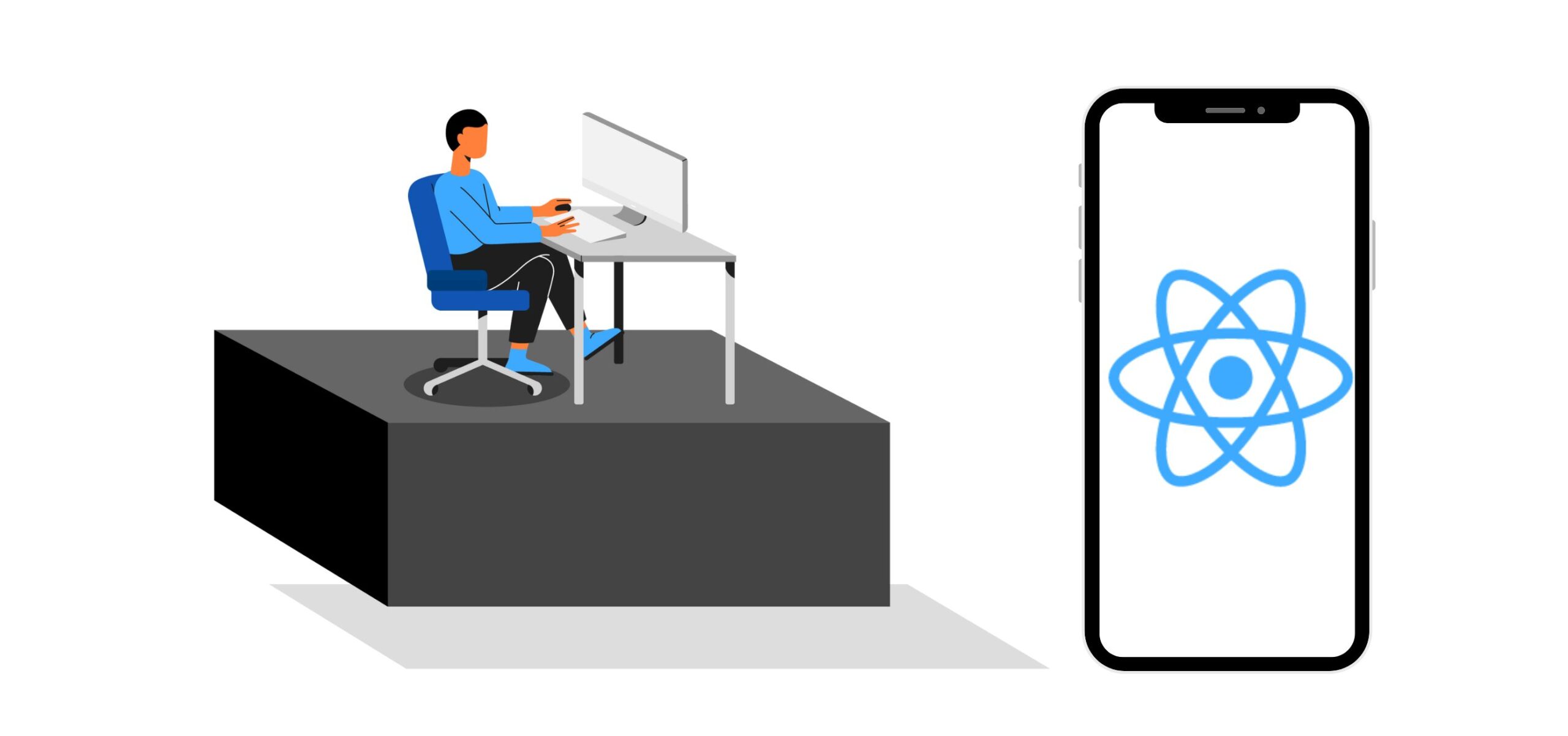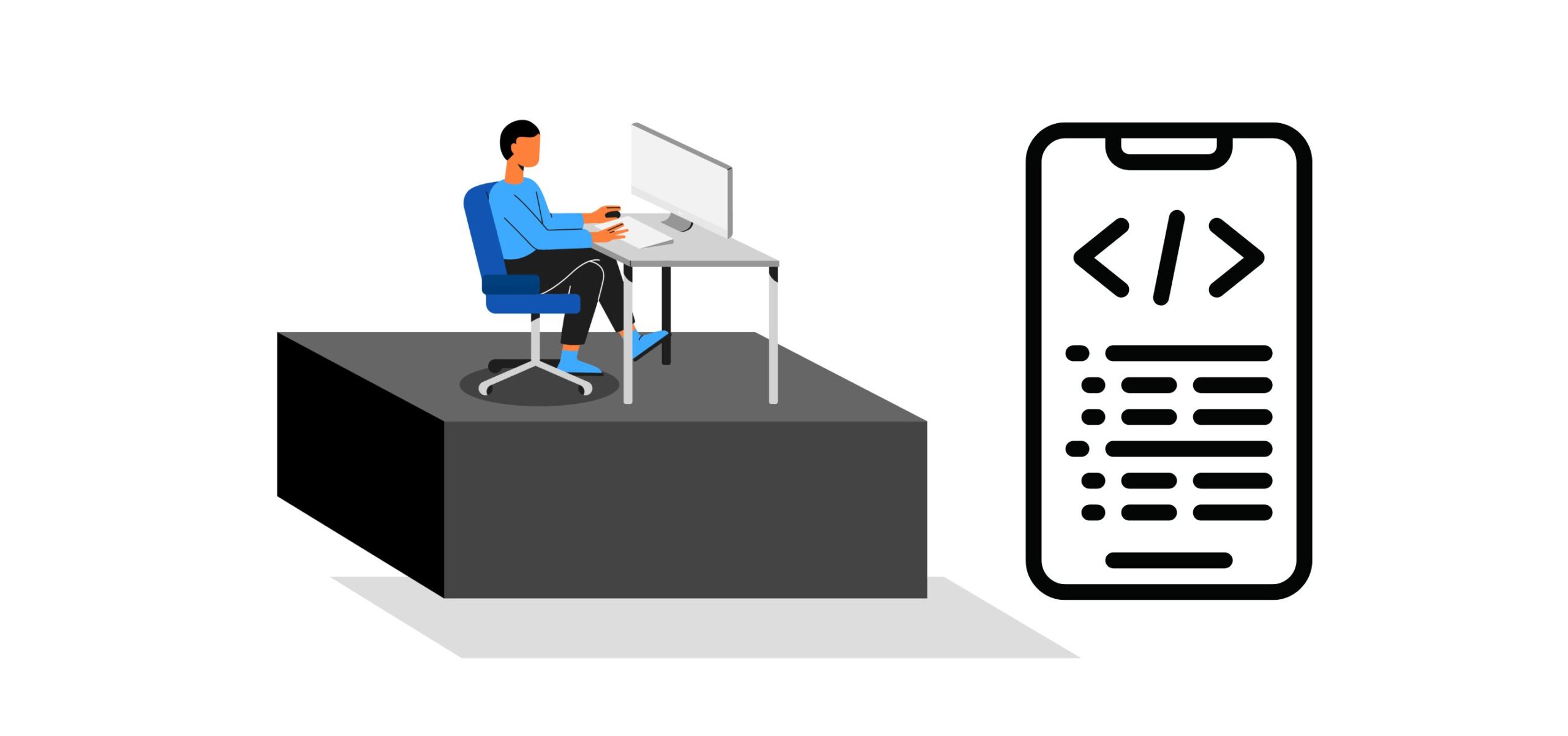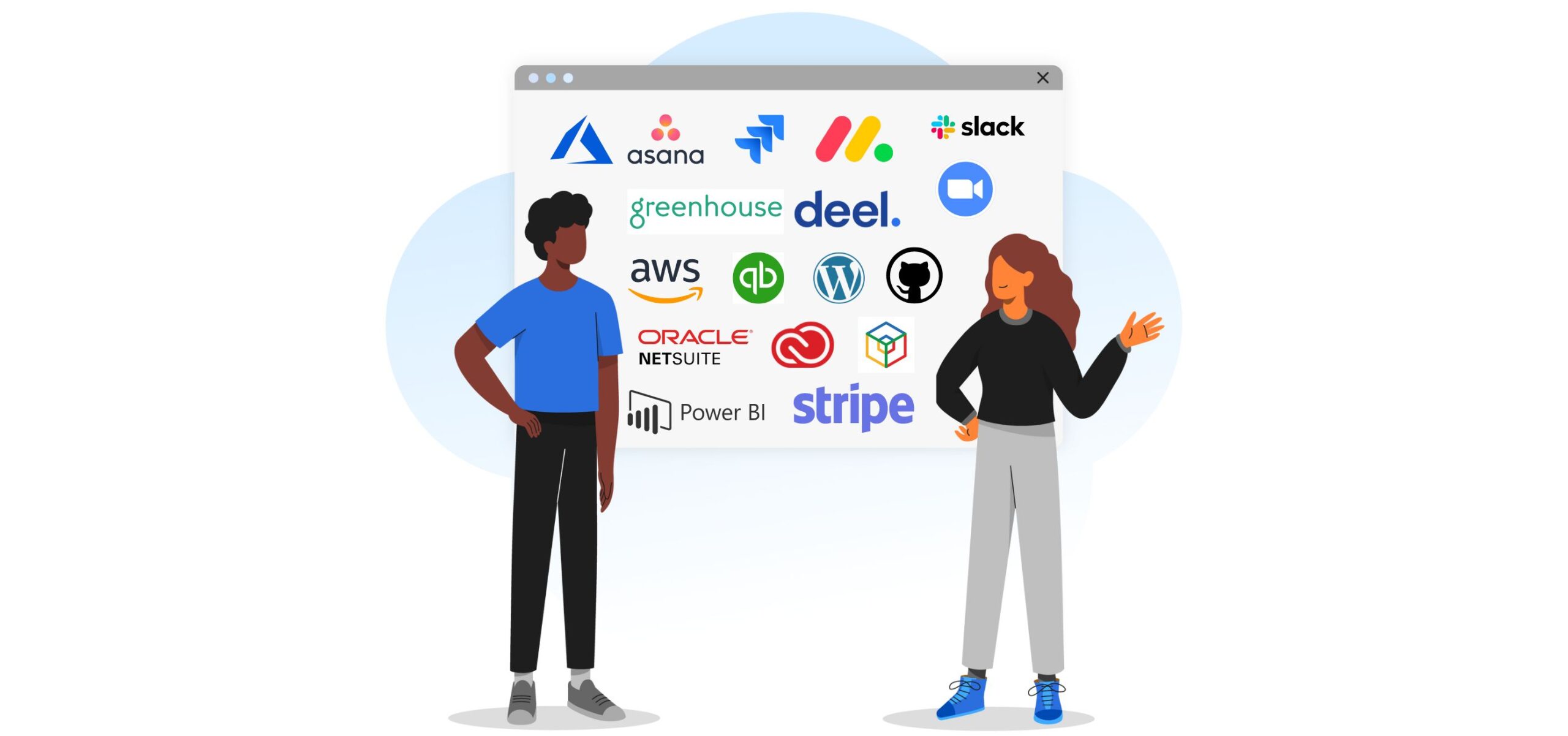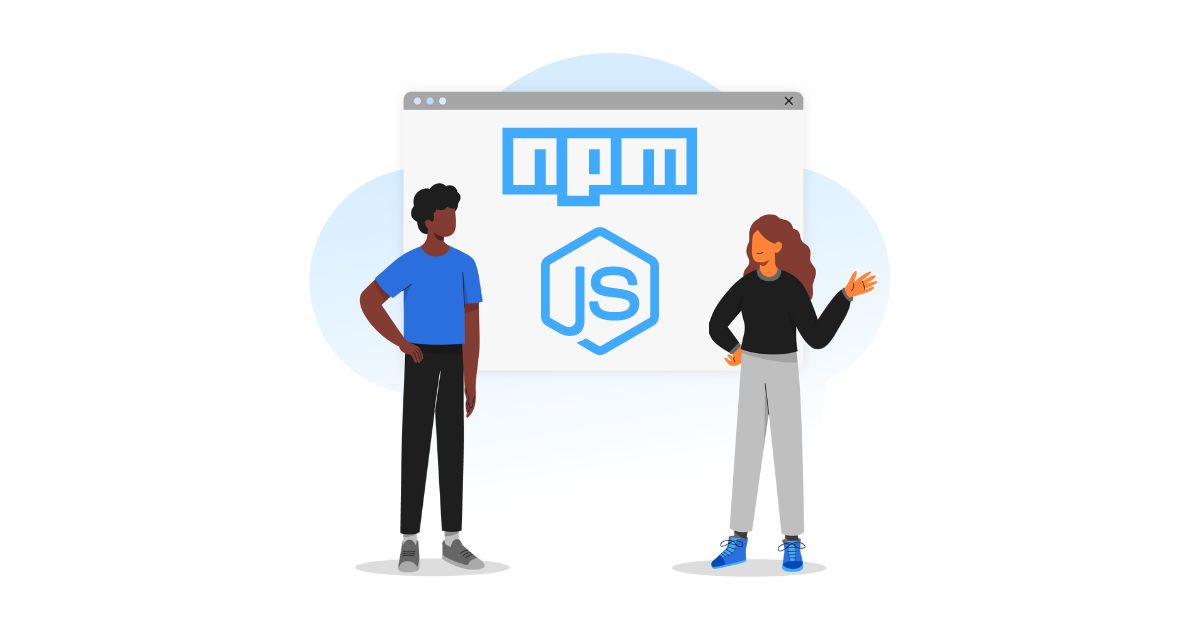Ten Best Low Code Platforms to Use in 2023
Thanks to modern technologies, it is now possible to design sophisticated programs without spending a lot, waiting months, or hiring several engineers. What’s more, you don’t need to be a coding expert to create such programs. Numerous no-code or low code platforms ensure that you write little to no code and still produce fantastic software, websites, and applications.
Low code platforms allow easy workflow automation, help improve business processes, and provide a lot of capabilities to non-technical people. But the market is filled with several low code or no-code platforms, offering false promises, complex UIs, and costly service models.
This post shares the ten best low code or no code platforms for a seamless development experience in 2023.
Let’s dive in.
What is low code development?
Traditional software development requires at least one suitable programming language, and several software principles, such as for-loops, object-oriented programming, frameworks, package repositories, and integrated development environments (IDEs). Low code development makes software development easier by providing the drag-and-drop functionality through a simple graphical user interface (GUI).
A low code platform’s GUI is component-based with pre-defined templates. Users can plug in the modules that best meet their purpose instead of typing a set of brackets, punctuation, and strings of words in page length codes.
On low code platforms, minimal coding allows users to personalize their program a little more than a no-code platform would allow. In either case, both of these approaches to software development increase productivity and save time.
Benefits of low code platforms
Low code development platforms enable users to create working apps and programs for a fraction of the cost of traditional development platforms. In addition, they let users design apps with little or no traditional hand-coding. And thus, these platforms accelerate software development, allow faster application delivery, and boost digital transformation.
Low code platforms use cases
Low code development is beneficial for various reasons. Here are some examples of what low code platforms can accomplish.
-
Mobile applications
App development is not easy but low code platforms make mobile app development quick and simple. For example, insurance provider VGZ Cooperative created a mobile app for its customers using Mendix, a renowned low code platform.
Related post: The Basics of Web Application Penetration Testing
-
Custom software
Managing bottlenecks within the company is a big challenge for employers. Low code platforms can handle internal workflows. LCDPs can be useful when creating internal workflows. For example, the Tennessee Department of Health built an IT asset management system using Caspio’s low code platform. -
Data Science
Sometimes, generic software isn’t flexible enough to perform data-related operations. Low code platforms come into play here. For example, a low code platform built VisionX, a data engineering tool. VisionX offers a variety of applications, ranging from fleet management for ski area vehicles to quantum computer configuration and asset management.
Which are the ten best low code platforms?
-
Visual LANSA
Visual LANSA is a low-code, Integrated Development Environment (IDE). This environment allows users to build responsive applications on Windows OS, different browsers, and mobile devices for AWS and Azure cloud architectures.
Features:
– A robust low code IDE to develop desktop, web, and mobile applications.
– A great UI to save time, effort, and cost.
– Controls for extensive testing, deployment, and integration.
– Ability to code within the IDE.
Related post: The Top Eight Automation Testing Trends to Lookout for in 2022 -
Low code platform – Appian
Appian is a low code platform with native deployment tools and DevOps integration possibilities. Appian allows users to create business process management (BPM) apps for companies of all sizes. BPM software helps firms in organizing and optimizing business processes.
Features:
– Drag and drop tools.
– AI services that are local to the platform.
– No-code AI/ML platform integration via Google Cloud, AWS, and Microsoft Azure.
– Ability to integrate enterprise data, systems, and web services. -
Mendix
Founded in 2005, Mendix offers several tools for testing, creating, and deploying apps. Over 4000 businesses rely on Mendix today. Mendix uses model-driven engineering (MDE), which focuses on abstract modeling.
Features:
– Agile project management.
– Tools for visual modeling.
– Reusable components. -
Low code platform – OutSystems
With OutSystems, businesses can create apps for various platforms. The platform’s valuable features include real-time performance dashboards and solid security measures.
Features:
– Real-time monitoring and reporting of app usage and performance.
– Fully scalable through APIs.
– Completely secured functionality.
– Quick mobile app deployment and monitoring.
– DevOps automation. -
Low code platform – Zoho Creator
Zoho is well-known among marketers for its customer relationship management (CRM) product. Zoho Creator is a simple platform for low code/no-code development with intuitive visual capabilities. The platform is flexible and user-friendly, combining a wide range of functionalities with an appealing UI.
Zoho Creator allows users to construct functional applications by importing files, databases, and cloud storage data. Users can also utilize the built-in tools to customize the UI to their needs.
Features:
– Great speed and scalability.
– AI-assisted migration tools.
– Data modeling, visualization, and structuring.
– Cross-functional analytics.
– AI-assisted automation. -
Kissflow
OrangeScape Technologies created Kissflow, a cloud-based automation tool that automates corporate operations and tracks performance. Kissflow manages workflow and processes. Kissflow’s rule-based paradigm eliminates coding needs and allows users to personalize workflows.
It is suitable for all types of businesses and industries. Kissflow assists in creating process requests, viewing items that require user action, and approving pending tasks.
Features:
– To add and edit fields, drag and drop facility.
– Ability to digitize forms and requests. -
Quickbase
Quickbase is the ideal LCDP for developers who wish to create information collection and storage apps. Businesses can construct apps using the platform’s low-code development tools, even if they have little experience with table-based programming.
Quickbase integrates prominent cloud-based solutions like NetSuite, Salesforce, Box, and Gmail via prebuilt application connectors. In addition, to provide security, Quickbase includes features such as permissions and granular roles, corporate user management, and a robust user interface. -
Low code platform – Salesforce Lightning
Salesforce Lightning is a component-based application development framework. In Salesforce Lightning, the components serve as low code graphic elements for app development. -
Microsoft Power Apps
Microsoft Power Apps allows users to create custom business apps quickly and easily. The service’s functionality is noteworthy, primarily because of the pre-built artificial intelligence components. Microsoft Power Apps offers over 200 interfaces to combine heterogeneous data and systems. -
Low code platform – Nintex
Nintex is for workflow automation and process management. Nintex drives digital transformation within organizations through its automation technology. Nintex has a very good rating, with 10,000+ enterprises across various industries reporting positive ROI.
Summary
Each low code platform mentioned above offers a unique set of benefits. But with so many options available, it can be tricky to choose the perfect one for your company. And thus, its important that you consider your business requirements before taking your pick. But apart from a reliable low code platform, building a good software solution requires a team of good software engineers.
And that’s why you should try Turing.
With Turing, companies can hire excellent, pre-vetted developers and engineers in just a matter of days. Visit the hire page for more information.
Join a network of the world's best developers and get long-term remote software jobs with better compensation and career growth.
